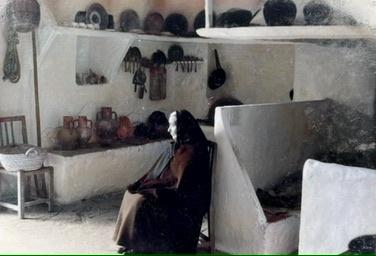What are the key differences in soil composition between the Binissalem and Llevant regions that affect grape growing?
Similar Topics
binissalem soil composition
llevant soil characteristics
calcareous clay soils
limestone content grapes
sandy marl soils
mediterranean grape growing
soil drainage vineyards
mallorca wine terroir
The soil composition in the Binissalem and Llevant regions of Mallorca plays a significant role in defining the characteristics of the grapes grown there, ultimately influencing the wines produced. In Binissalem, the terrain is predominantly made up of calcareous clay soils with abundant limestone content. This soil type retains moisture well while offering good drainage, which is ideal for maintaining vine health in the Mediterranean climate. The high limestone presence also contributes to a certain mineral quality in the grapes, often resulting in wines with elegant structure and balanced acidity. Additionally, the clay component can impart richness, allowing the grapes to develop deeper flavors and complexity.
In contrast, the Llevant region features primarily sandy and marl soils with a lower limestone content than Binissalem. These sandy soils warm quickly and tend to be less fertile, which can limit vine vigor but encourages roots to penetrate deeper in search of nutrients and water. This stress on the vines often leads to smaller berries with concentrated flavors, producing wines that are generally lighter and more aromatic. The porous nature of sandy soils also ensures excellent drainage, reducing the risk of fungal diseases but requiring careful water management during the dry summer months. Marl, a mix of clay and calcium carbonate, adds a unique texture to the soil and subtly influences the grapes by contributing a soft mineral note.
Overall, while both regions benefit from the Mediterranean climate, the soil differences between Binissalem and Llevant significantly impact vine growth and grape quality. Binissalem’s calcareous clay soils lend themselves to more robust and mineral-driven wines, whereas Llevant’s sandy and marl soils encourage the production of lighter, fragrant varietals with nuanced flavor profiles. These distinct soil characteristics help define the unique identity and style of wines from each region, offering wine enthusiasts a diverse tasting experience from Mallorca’s varied terroirs.
In contrast, the Llevant region features primarily sandy and marl soils with a lower limestone content than Binissalem. These sandy soils warm quickly and tend to be less fertile, which can limit vine vigor but encourages roots to penetrate deeper in search of nutrients and water. This stress on the vines often leads to smaller berries with concentrated flavors, producing wines that are generally lighter and more aromatic. The porous nature of sandy soils also ensures excellent drainage, reducing the risk of fungal diseases but requiring careful water management during the dry summer months. Marl, a mix of clay and calcium carbonate, adds a unique texture to the soil and subtly influences the grapes by contributing a soft mineral note.
Overall, while both regions benefit from the Mediterranean climate, the soil differences between Binissalem and Llevant significantly impact vine growth and grape quality. Binissalem’s calcareous clay soils lend themselves to more robust and mineral-driven wines, whereas Llevant’s sandy and marl soils encourage the production of lighter, fragrant varietals with nuanced flavor profiles. These distinct soil characteristics help define the unique identity and style of wines from each region, offering wine enthusiasts a diverse tasting experience from Mallorca’s varied terroirs.
🧩 Related Questions
Related Question
What traditional rice dishes might be featured at a Mallorcan buffet for visitors to try?
Related Question
How can visitors identify Renaissance architectural elements in Mallorca’s historic buildings?
Related Question
How does the presence of flowering plants near parking spots influence bee activity around vehicles in Mallorca?
